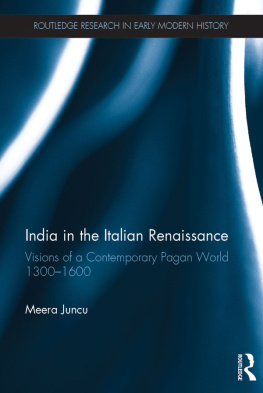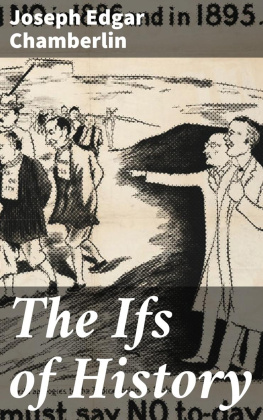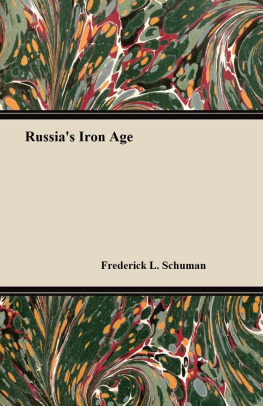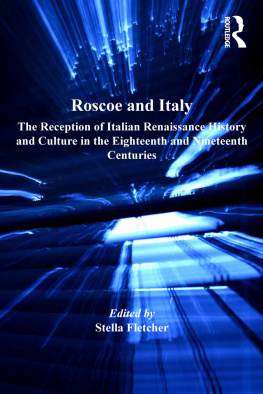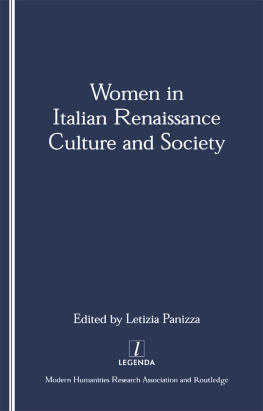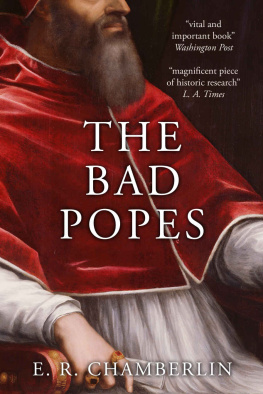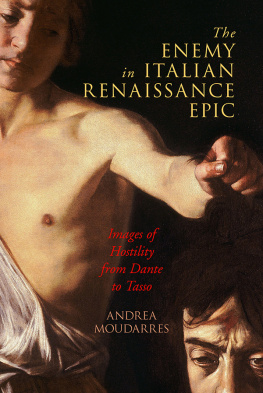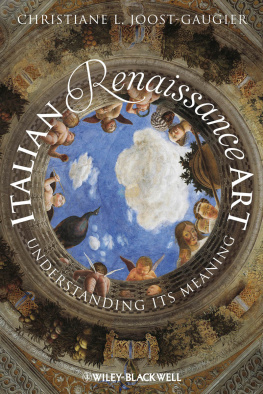First published in 1982 by George Allen & Unwin Ltd
This edition first published in 2020
by Routledge
2 Park Square, Milton Park, Abingdon, Oxon OX14 4RN
and by Routledge
52 Vanderbilt Avenue, New York, NY 10017
Routledge is an imprint of the Taylor & Francis Group, an informa business
1982 E. R. Chamberlain
All rights reserved. No part of this book may be reprinted or reproduced or utilised in any form or by any electronic, mechanical, or other means, now known or hereafter invented, including photocopying and recording, or in any information storage or retrieval system, without permission in writing from the publishers.
Trademark notice: Product or corporate names may be trademarks or registered trademarks, and are used only for identification and explanation without intent to infringe.
British Library Cataloguing in Publication Data
A catalogue record for this book is available from the British Library
ISBN: 978-0-367-25398-1 (Set)
ISBN: 978-0-429-29609-3 (Set) (ebk)
ISBN: 978-0-367-26190-0 (Volume 2) (hbk)
ISBN: 978-0-429-29195-1 (Volume 2) (ebk)
Publishers Note
The publisher has gone to great lengths to ensure the quality of this reprint but points out that some imperfections in the original copies may be apparent.
Disclaimer
The publisher has made every effort to trace copyright holders and would welcome correspondence from those they have been unable to trace.
E. R. Chamberlin, 1982
This book is copyright under the Berne Convention. No reproduction without permission. All rights reserved.
First published in 1982
This edition published 1982 by Book Club Associates by arrangement with George Allen & Unwin Ltd
Picture research by Anne-Marie Ehrlich
Set in 11 on 12 point Sabon by
Computape (Pickering) Ltd
and printed in Great Britain
by Mackays of Chatham
Renaissance is the most glamorous piece of shorthand in historical language,
The term is protean and all embracing, taking whatever shape, absorbing whatever content, the historian chooses. At one extreme it is regarded as the ultimate in human achievement. Thus nineteenth-century historians could confidently dismiss all that came before the Italian fifteenth century as a long preparation. The arts and inventions, the knowledge and the books which suddenly became vital at the time of the Renaissance had long since lain neglected on the shores of that Dead Sea we call the Middle Ages, a modern scholar, Peter Laven, notes but the book in which he makes this dismissal is itself entitled Renaissance Italy, testimony to the potency of the word.
It is one of the ironies of history that the English language has adopted a French word to describe an Italian phenomenon when there is an equivalent Italian word for it, a word coined, moreover, while the phenomenon was in process. The coiner was Giorgio Vasari, first of the art historians who, in his Lives of the most excellent Italian architects, painters and sculptors , remarks that the reader will now be able to recognise more easily the progress of (arts) rebirth (il progresso della sua rinascita) and of that very perfection whereto she had risen again in our times. Three centuries after Vasari, the French historian Jules Michelet used the word, but translated into French, as a useful portmanteau description for the appropriate period of French history, and such was his influence that it passed into international use.
Historical labels are usually created long after the period they describe: nobody in the twelfth century was aware of living in the Middle Ages, the Industrial Revolution has significance only for posterity. In this, the Renaissance is different from all other periods. Giorgio Vasari not only gave a name to the phenomenon: unequivocally, he demonstrated the fact that those who were experiencing it were perfectly aware that they were living through a period of climacteric change.
Nearly two centuries before Vasari, at the very dawn of that period, the scholar and poet Francesco Petrarch declared, I stand as a man between two worlds, looking both forward and backward. In the Decameron , Petrarchs friend and contemporary Giovanni Boccaccio, says of the painter Giotto, He brought back to life that art which for many centuries had been buried under the errors of those who in painting had sought to give pleasure to the eyes of the ignorant rather than the eyes of the wise. There might be uncertainty as to what was rediscovered or reborn, or when it happened: but there is no doubting the conviction of those who experienced it that something had changed direction.
Until the nineteenth century, the idea of the Renaissance was, on the whole, limited to Vasaris vision of a rebirth of the arts. The idea could be extended to include the humanities generally, and there was a growing awareness that an outward change must also signify an inward change. But it was left to Jules Michelet simultaneously to extent the concept, and give it a lapidary an imperishable form that would transcend cultural and political frontiers. The seventh volume of his History of France, published in 1855, was entitled simply La Renaissance and in it he inquired rhetorically if that beautiful word Renaissance should be limited to the coming of a new art the renovation of the study of antiquities. Those who did so overlooked two minor details which distinguish that age from all its predecessors the discovery of the world and the discovery of man.
La dcouverte du monde, la dcouverte de lhomme. Rarely can a scholar have created a phrase that would have so many repercussions. Those nine words gave an impress to the period, summing up an almost incomprehensible richness in an elegant formula. Five years later the Swiss historian Jacob Burckhardt elaborated the formula in his distinguished work The Civilisation of the Renaissance in Italy, published in 1860. There was no indication at the time that one of the seminal books of history had been launched. Burckhardt, a 42-year-old professor of history at Basle University, received no payment for the thousand copies of the first edition. Eight years later, many were still unsold and the publisher did not even trouble to tell the author that rights in the work had been sold to another publisher. But thereafter the book swiftly gained its dominant position in the field of Renaissance history. It has great and evident limitations of subject which has brought it under increasing attack from academic historians. It is courtly history, with the barest of glances at the ordinary man. It is cultural history, largely ignoring the humdrum subjects of trade and economics and, as a result of this, shows the Renaissance as coming almost magically into being. But apart from its glamorous subject matter The Civilisation of the Renaissance in Italy owed and owes its immense popularity to the fact that this cool, restrained Swiss attempted, and in very large part succeeded, one of the most difficult and dangerous of historical exercises: the attempt not simply to illustrate by documents but to explain by intuition by entering into the very spirit and mentality of a departed age. In the hands of lesser men, such intuitive attempts may lead to embarrassment. Burckhardts solid learning ensured that imagination illuminated, but did not create, the details in his book. Its unique place in the history of Renaissance historiography is attested by the virulence of its opponents, no less than by the moderate defence of those who still find in it an essential verity, was the judgement of Wallace Ferguson, doyen of Renaissance historians when, in 1948, he surveyed the controversy raised over some years by his colleagues regarding the value of Burckhardts work.




